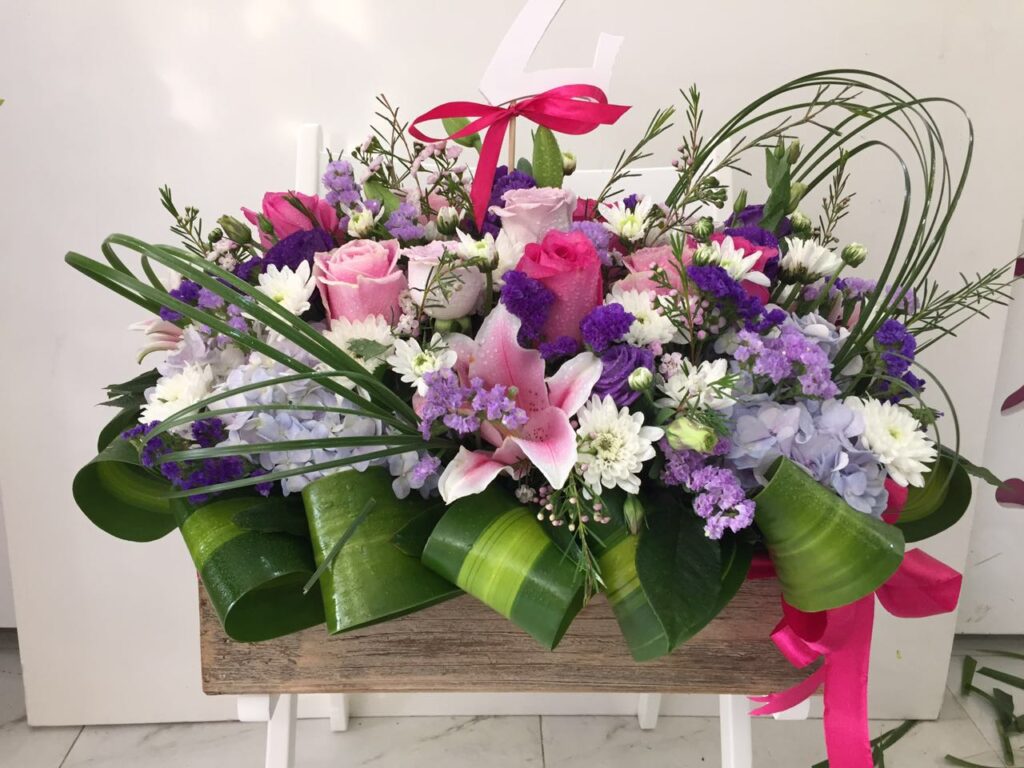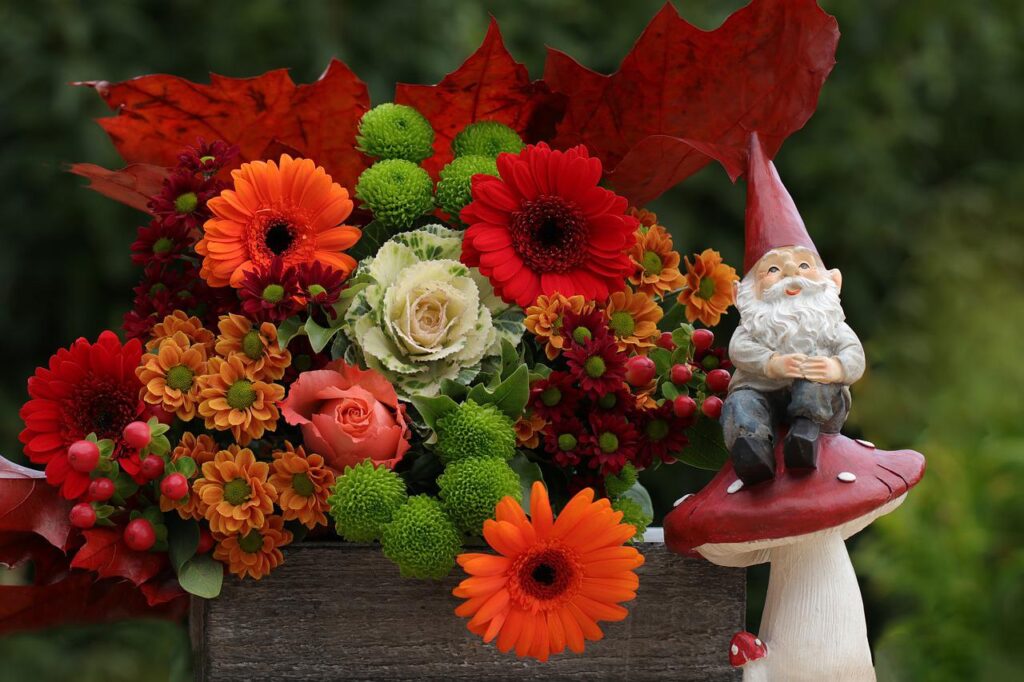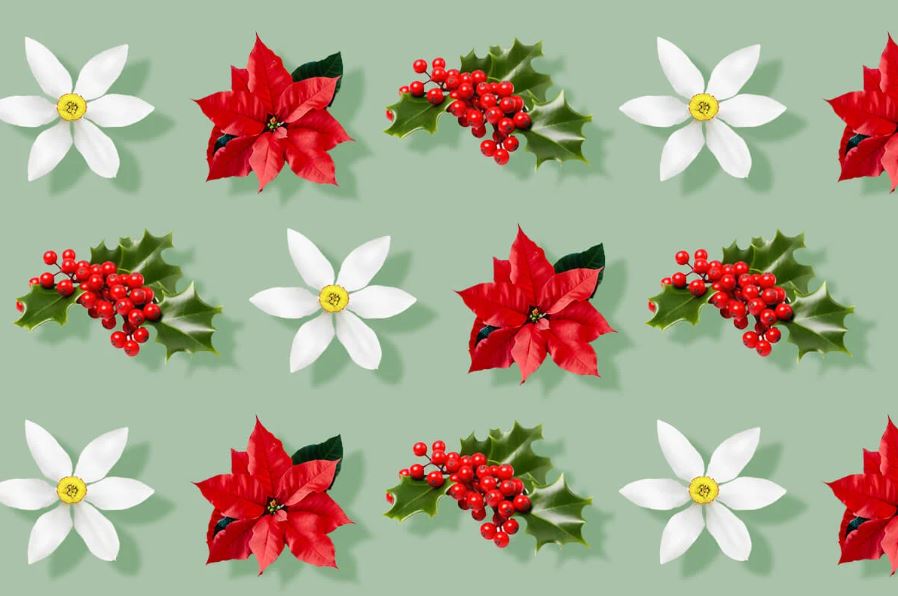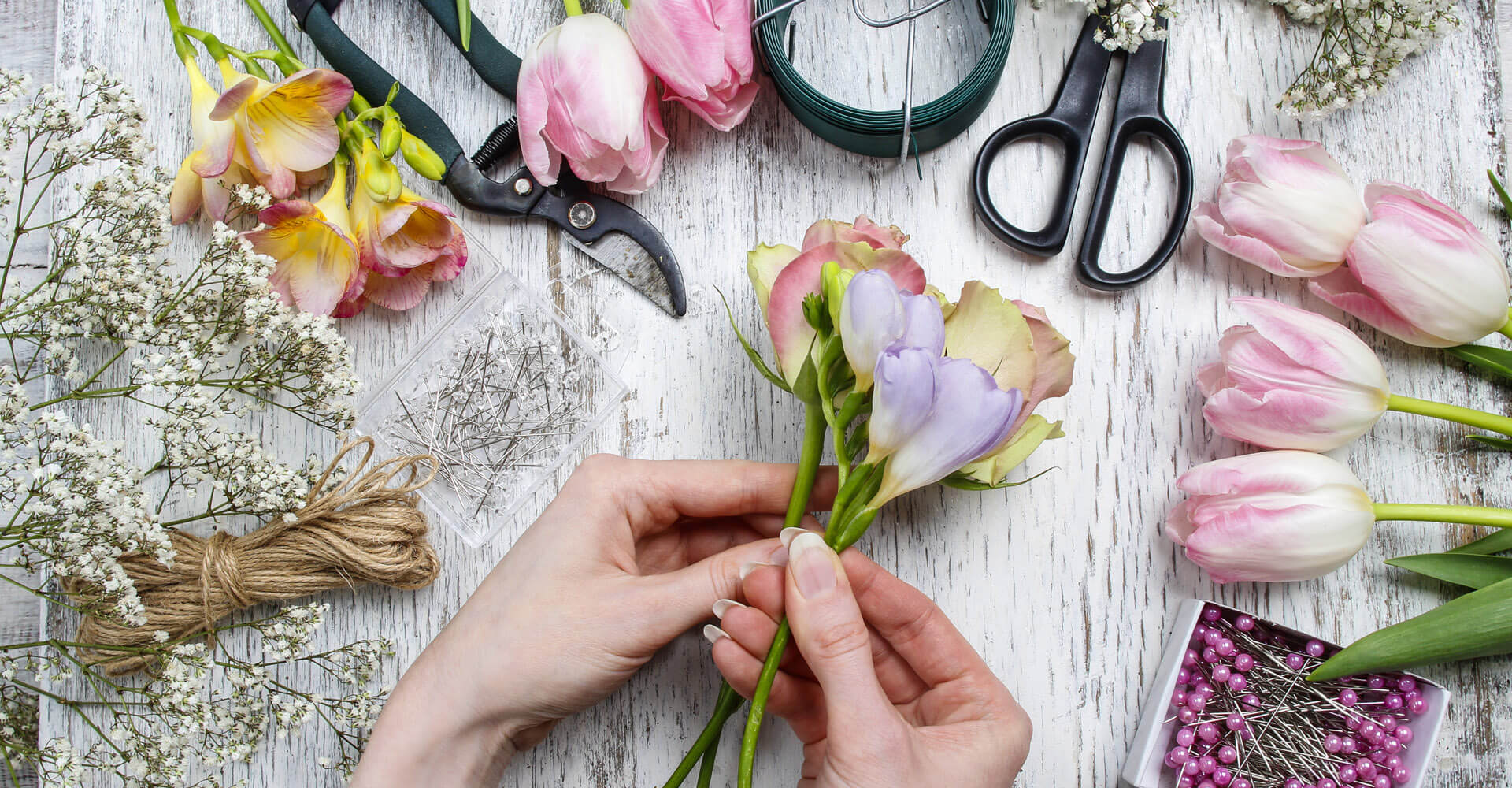When it comes to planning your dream wedding, every detail matters. From the venue to the menu, each element contributes to the overall ambiance and experience of your special day. One aspect that should not be overlooked is the floral arrangements. Flowers have long been a symbol of love and beauty, and incorporating them into your wedding day can add a touch of elegance and romance.
In this article, we will explore the role of dried flowers for wedding, the art of flower arrangement, popular wedding flowers and their meanings, creating a cohesive floral theme, and tips for working with a florist.
Understanding the Role of Flowers in Weddings
Flowers have been a significant part of weddings throughout history. They add color, fragrance, and beauty to the surroundings, creating an enchanting atmosphere. But more than just aesthetics, flowers also carry symbolism and meaning that can enhance the overall sentiment of your special day.
Imagine walking down the aisle, surrounded by an array of delicate petals and vibrant blooms. The sight and scent of flowers can evoke a sense of joy and romance, setting the perfect tone for the celebration of love. From the moment you enter the venue to the moment you exchange vows, flowers will be there, adorning every corner and creating a magical ambiance.
The Symbolism of Wedding Flowers
Each flower has its own symbolic meaning, allowing you to express your emotions and values through your choice of blooms. For example, roses are often associated with love and passion, making them a popular choice for wedding bouquets and decor. Their velvety petals and captivating fragrance symbolize the deep affection shared between the couple.

On the other hand, lilies symbolize purity and honor, making them ideal for weddings that focus on faith and spirituality. These elegant flowers, with their graceful curves and pristine white petals, represent the purity of love and the commitment to a lifelong partnership.
Other flowers, such as tulips, symbolize new beginnings and are perfect for couples embarking on their journey together. Peonies, with their lush and full blooms, symbolize prosperity and a happy marriage. By carefully selecting the flowers that resonate with you and your partner, you can infuse your wedding with personal meaning and significance.
Choosing the Right Flowers for Your Wedding Theme
When selecting the flowers for your wedding, it is essential to consider your chosen theme and color palette. The flowers should complement and enhance the overall aesthetic you wish to achieve. For a rustic outdoor wedding, wildflowers and garden roses can create a whimsical and natural ambiance. Picture yourself surrounded by the vibrant colors of daisies, sunflowers, and lavender, as if you were in a blooming meadow.
Alternatively, for a glamorous affair, orchids and calla lilies can add an elegant and luxurious touch. These exotic flowers, with their intricate shapes and vibrant hues, exude sophistication and opulence. Imagine cascading orchids adorning your reception tables, creating a lavish and unforgettable atmosphere.
Furthermore, the choice of flowers can also be influenced by the season in which you are getting married. Spring weddings can be enhanced by the delicate blossoms of cherry blossoms and daffodils, while autumn weddings can be enriched by the warm tones of dahlias and chrysanthemums. By considering the season, you can ensure that your floral arrangements harmonize with the natural beauty of the time of year.
Whether you opt for a traditional bouquet or a unique floral installation, the right flowers can transform your wedding into a captivating and memorable event. They have the power to create an atmosphere that reflects your love story and resonates with your guests. So take your time, explore different options, and let the beauty of flowers elevate your special day to new heights.
The Art of Flower Arrangement
Creating stunning floral arrangements is like painting a picture with flowers. It requires skill, creativity, and an understanding of the basic principles of floral design.
Flower arrangement is not just about placing flowers in a vase; it is an art form that has been practiced for centuries. From ancient civilizations to modern times, people have been captivated by the beauty and symbolism of flowers. The art of flower arrangement, also known as floristry, involves carefully selecting and arranging flowers, foliage, and other materials to create a harmonious and visually appealing composition.
Basic Principles of Floral Design
When arranging flowers, there are several principles to keep in mind. Balance, proportion, and harmony are crucial in creating visually pleasing arrangements. Balance refers to the distribution of visual weight in the arrangement. It can be achieved through the use of color, size, and shape of the flowers. Proportion is about the relationship between the size of the flowers and the container they are placed in. Harmony is the overall sense of unity and coherence in the arrangement.

Understanding color theory and texture can also help create depth and interest in your designs. Colors can evoke different emotions and set the mood of the arrangement. For example, warm colors like red and orange can create a sense of energy and passion, while cool colors like blue and green can create a calming and soothing effect. Texture, on the other hand, adds visual interest and tactile appeal to the arrangement. Mixing flowers with different textures, such as smooth petals and spiky leaves, can create a dynamic and visually captivating composition.
Don’t be afraid to experiment and let your creativity shine. Flower arrangement is an art form that allows for endless possibilities. You can play with different flower combinations, experiment with unconventional materials, or even incorporate non-floral elements like branches or feathers. The key is to trust your instincts and let your imagination guide you.
Incorporating Personal Style into Arrangements
Your wedding is a reflection of your unique love story and personal style. Infuse your personality into the floral arrangements by incorporating elements that are meaningful to you. Whether it’s using flowers from your grandmother’s garden or including blooms that hold sentimental value, adding personal touches will make your arrangements truly one of a kind.
Consider incorporating flowers that have special significance to you and your partner. For example, if you met in a field of wildflowers, you can include those same flowers in your arrangements to symbolize your love story. You can also choose flowers that hold cultural or religious significance to honor your heritage or beliefs.
Another way to personalize your arrangements is by incorporating elements from your wedding theme or color scheme. If you’re having a beach wedding, you can include seashells or starfish in your arrangements to create a coastal vibe. If your wedding colors are blush and gold, you can choose flowers in those hues to tie everything together.
Remember, the beauty of flower arrangement lies in its ability to tell a story and evoke emotions. By infusing your personal style and meaningful elements into your arrangements, you can create a truly memorable and heartfelt experience for you and your guests.
Popular Wedding Flowers and Their Meanings
When it comes to choosing flowers for your wedding, the options are truly endless. However, there are certain blooms that have become synonymous with weddings due to their beauty and rich symbolism.
One such flower is the rose. Known for its timeless beauty and delicate fragrance, the rose has long been associated with love and passion. It is no wonder that roses are a classic choice for wedding bouquets and centerpieces. Whether you opt for traditional red roses, which symbolize deep love and desire, or explore other hues like blush pink or ivory, roses are sure to elevate the romance of your wedding day.
Another flower that carries a deep meaning and is often chosen for weddings is the lily. With its elegant appearance and sweet fragrance, the lily is a symbol of purity and honor. These graceful flowers are available in various colors such as white, pink, and even orange, allowing you to choose the shade that best complements your wedding theme. Incorporating lilies into your wedding decor is a beautiful way to add a touch of spirituality and create a lasting impression on your guests.
Aside from roses and lilies, there are numerous other flowers that hold special meanings and can be incorporated into your wedding arrangements. For instance, the tulip is often associated with perfect love and is available in a wide array of colors, making it a versatile choice for any wedding style. The peony, with its lush petals and enchanting fragrance, symbolizes prosperity and a happy marriage. Orchids, on the other hand, represent beauty, luxury, and strength.
When selecting your wedding flowers, it is important to consider not only their visual appeal but also the emotions and symbolism they convey. Each bloom has its own unique meaning, allowing you to infuse your wedding day with personal significance. Whether you choose roses for their romantic allure or lilies for their purity and honor, the flowers you select will undoubtedly enhance the beauty and sentiment of your special day.

Creating a Cohesive Floral Theme
To create a cohesive floral theme for your wedding, it is crucial to consider how the flowers will interact with your chosen wedding colors.
Coordinating Flowers with Wedding Colors
Your wedding colors are the foundation upon which your entire aesthetic is built. Select flowers that complement and enhance these colors to create a harmonious visual experience. For example, if your color palette consists of soft pastels, opt for flowers in similar shades or go for a monochromatic look.
Ensuring Floral Continuity from Ceremony to Reception
Another essential aspect of creating a cohesive floral theme is ensuring continuity from the ceremony to the reception. Carry your chosen flowers throughout the various aspects of your wedding, from the aisle decor to the table centerpieces. This flow will tie the entire event together and create a seamless experience for you and your guests.
Tips for Working with a Florist
A professional wedding florist can be your greatest ally in bringing your floral vision to life. Here are some tips to ensure a successful collaboration.
Questions to Ask Your Wedding Florist
When meeting with potential florists, be prepared with a list of questions to help you gauge their expertise and ensure they understand your vision. Ask about their experience with weddings, their approach to design, and if they have any suggestions based on your preferences. Additionally, discuss logistics such as delivery, setup, and breakdown to ensure a stress-free experience on your big day.
Budgeting for Your Wedding Flowers
Floral arrangements can be a significant expense in your wedding budget. Be upfront with your florist about your budget and discuss ways to maximize value without compromising on quality. They can help suggest alternative blooms or creative arrangements that fit within your financial constraints.
Flowers have the power to elevate your wedding day, infusing it with beauty, symbolism, and personal flair. By understanding the role of flowers in weddings, mastering the art of arrangement, choosing the perfect blooms, and working with a talented florist, you can create a truly elegant and unforgettable floral experience for yourself and your guests. Let the language of flowers speak on your special day and watch as your wedding day blooms with undeniable floral elegance.
More to read: Making Mothers Day Unforgettable with Beautiful Blooms

